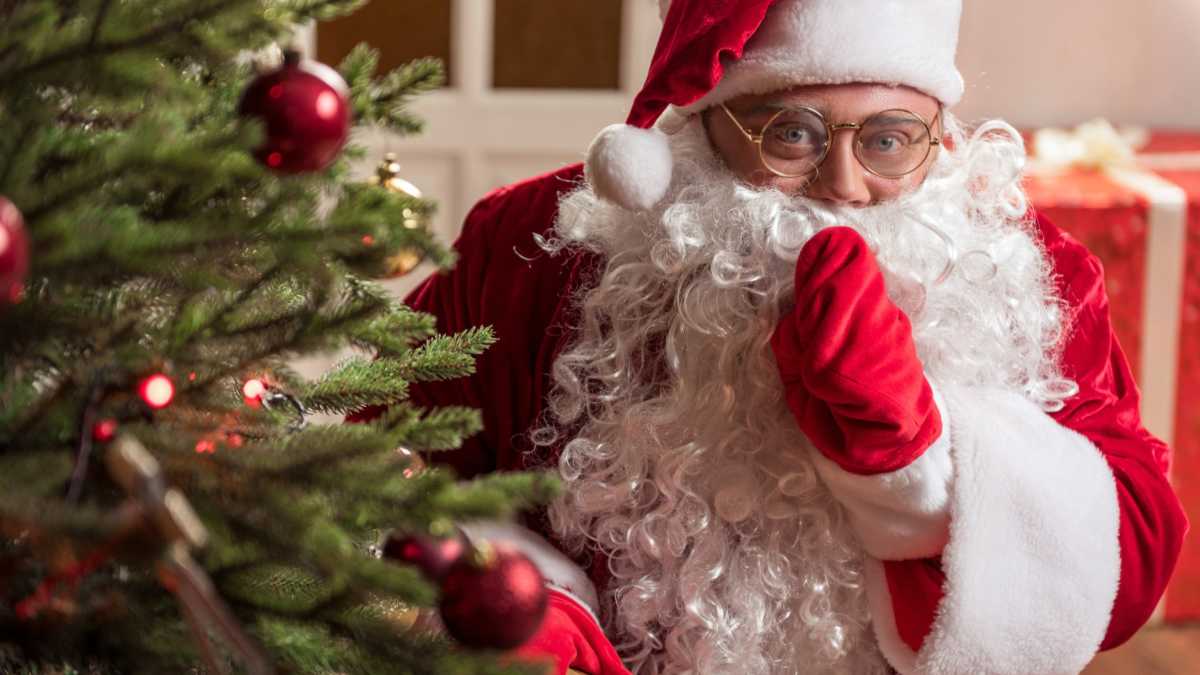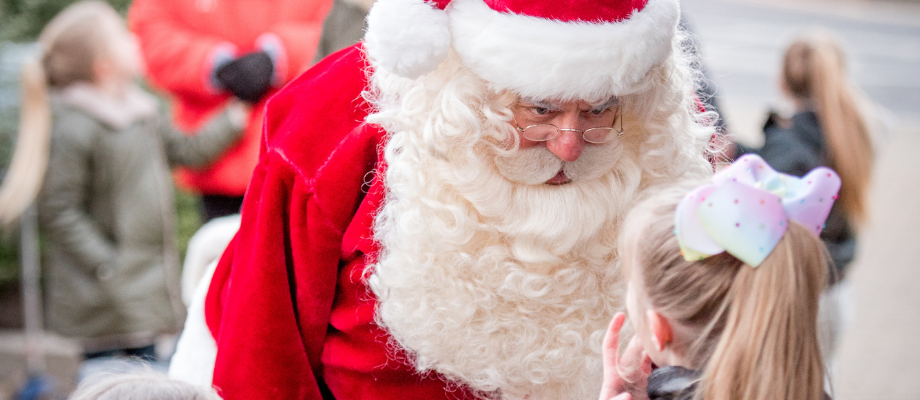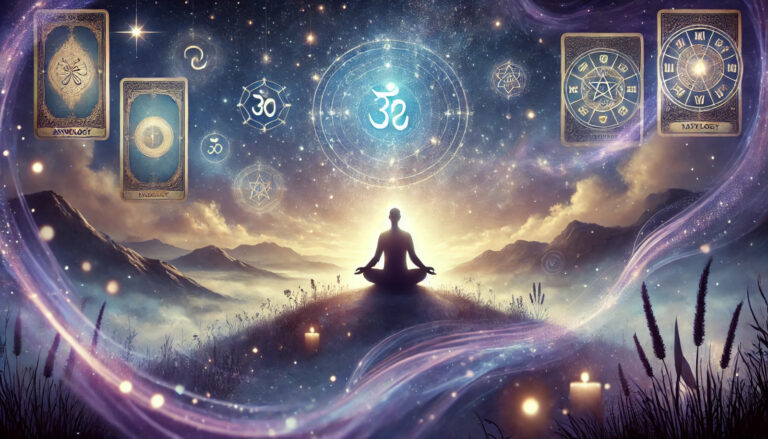Is Santa Real or Fake?
“Is Santa Real or Fake?” The question of whether or not Santa Claus is real is one that has been pondered by children and adults alike for centuries. There is no easy answer, as the Santa Claus we know and love today is a complex figure who has evolved over time. The holiday season is often accompanied by the festive figure of Santa Claus, a beloved character who has captured the imaginations of generations. With his rosy cheeks, twinkling eyes, and hearty laughter, Santa is the epitome of holiday joy. However, the question of Santa’s existence has been a topic of debate and speculation for decades. In this article, we will delve into the origins of Santa Claus, the cultural significance he holds, and the varying perspectives on whether he is real or merely a charming myth.
The Origins of Santa Claus

Santa Claus has a rich and diverse history that spans centuries and continents. The modern image of Santa is largely inspired by the Dutch figure of Sinterklaas, who arrived in the United States with Dutch settlers in the 18th century. Over time, Sinterklaas evolved into the Americanized Santa Claus we know today, thanks in part to the influence of 19th-century literature and illustrations.
The Evolution of the Santa Myth
The transformation of Santa Claus from a solemn bishop to a jolly gift-giver is a fascinating journey through folklore and cultural amalgamation. Clement Clarke Moore’s 1823 poem, “A Visit from St. Nicholas” (commonly known as “The Night Before Christmas”), played a pivotal role in shaping the modern image of Santa. Moore’s depiction of Santa as a plump, joyous, and gift-bearing character became ingrained in popular culture.
Cultural Significance

Regardless of the debate over Santa’s reality, it’s undeniable that he holds immense cultural significance. Santa Claus has become a symbol of generosity, kindness, and the spirit of giving. The tradition of leaving out cookies and milk for Santa on Christmas Eve, hanging stockings by the fireplace, and eagerly awaiting the arrival of presents under the tree has become a cherished part of the holiday experience for many families worldwide.
The Joy of Belief
For countless children, the belief in Santa Claus is a magical and enchanting aspect of their childhood. The joy and excitement of anticipating Santa’s visit, writing letters to the North Pole, and leaving out treats for the mythical gift-giver contribute to the sense of wonder that defines the holiday season. Many parents actively participate in fostering this belief, creating lasting memories for their children.
The Skeptic’s Perspective

On the other hand, skeptics argue that Santa Claus is a fictional character created for the purpose of delighting children during the holiday season. From a logical standpoint, flying reindeer and a single night’s journey around the world to deliver presents seem implausible. Skeptics often emphasize the importance of teaching children the difference between fantasy and reality, encouraging critical thinking and a healthy dose of skepticism.
The Role of Tradition
Whether one believes in the literal existence of Santa Claus or views him as a symbol of holiday cheer, it’s undeniable that the tradition surrounding Santa has a profound impact on cultural celebrations. The rituals associated with Santa contribute to a sense of continuity and shared experience, fostering a connection between generations.

Conclusion
In the end, the question of whether Santa Claus is real or fake is subjective and deeply personal. While skeptics may emphasize the lack of empirical evidence, proponents argue that the magic and joy Santa brings to the holiday season make him very real in a cultural and emotional sense. Regardless of one’s stance on the matter, there’s no denying that Santa Claus continues to play a significant role in spreading joy and fostering a sense of togetherness during the most wonderful time of the year.



